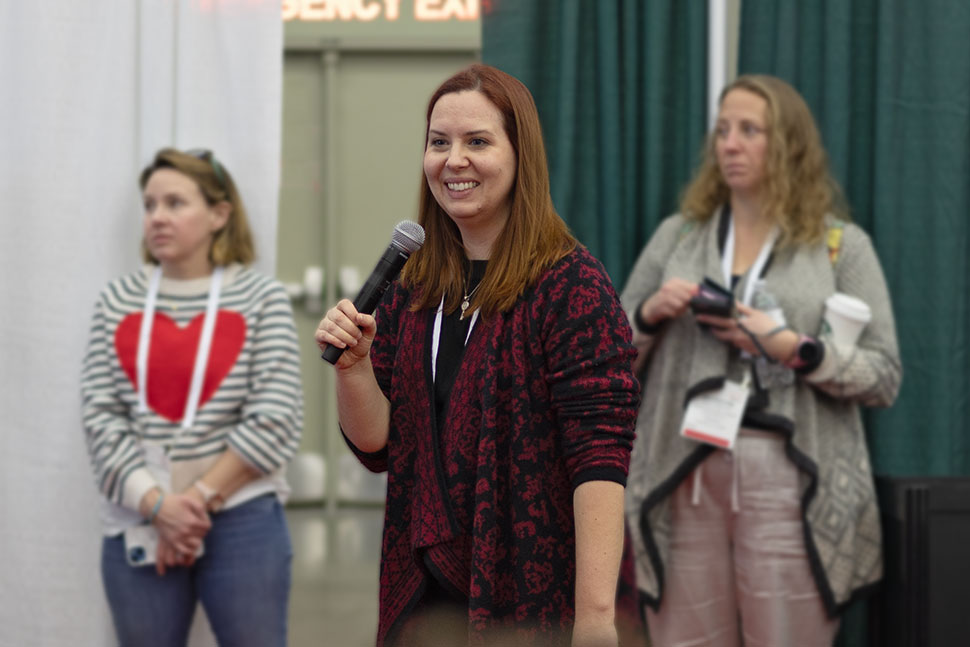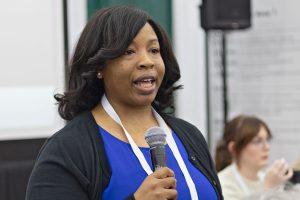
Revamping your library space can be an intimidating task.
At “Bite-Sized Improvements: How to Make Small, Meaningful Changes to Library Space,” a January 20 session at the American Library Association’s 2024 LibLearnX conference in Baltimore, library specialist Nanci DeLa Cruz Aguayo and user experience librarian Lauren Johnson shared how they took the process one step at a time.
Aguayo and Johnson, both from Nevada State University (NSU) in Henderson, began reevaluating their library space in fall 2022. Johnson shared that their initial research questions were broad, such as: “How are people utilizing our space? What are the most trafficked areas? What are [people] doing in those areas?” But they also asked more detail-oriented questions, like: “Are there any pain points in those areas? Are there places where students are rearranging the furniture that suggests that their needs are not being met with the way that the library space is currently set up?”
To help them identify trends in the ways that the library was being used, Aguayo and Johnson created a heat map. They drew a blueprint of the library and formed a team that would walk through the space every 30 minutes, marking where people were sitting. They chose to run these studies during a regular week—not a “holiday week or midterm week, just a normal library traffic week in the semester,” Johnson noted. They also conducted surveys asking students for feedback on why they used a certain library feature or why they were sitting in a particular spot.
“It was a lot of hard work zoning out the library,” Aguayo said. “But you really get to know the space and how people use it.”
From those studies, Aguayo and Johnson were able to identify a few spots where they could implement small, effective changes. For example, they learned that students have a hard time knowing when they are actually inside the library. Without books onsite (the collection is primarily digital), there wasn’t “a clear marker that it’s the library,” Johnson said. To solve that, they created a chalkboard sign near the entrance that reads “Welcome to the Library.” That sign has reduced students’ confusion, Aguayo noted.
They also received comments about noise levels in the library being too high. To remedy that, they switched from having general, noise-related signs on each table to a larger, single sign in the middle of the room. Their noise complaints went down 50% in comparison to the year before.
“With those little bite-sized changes, we saw some good improvements,” Aguayo said.


